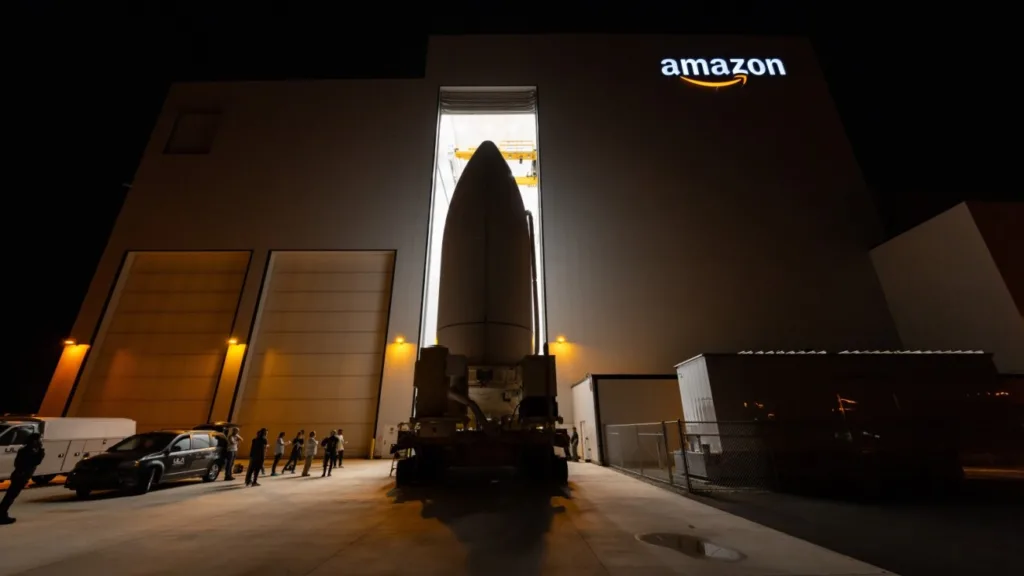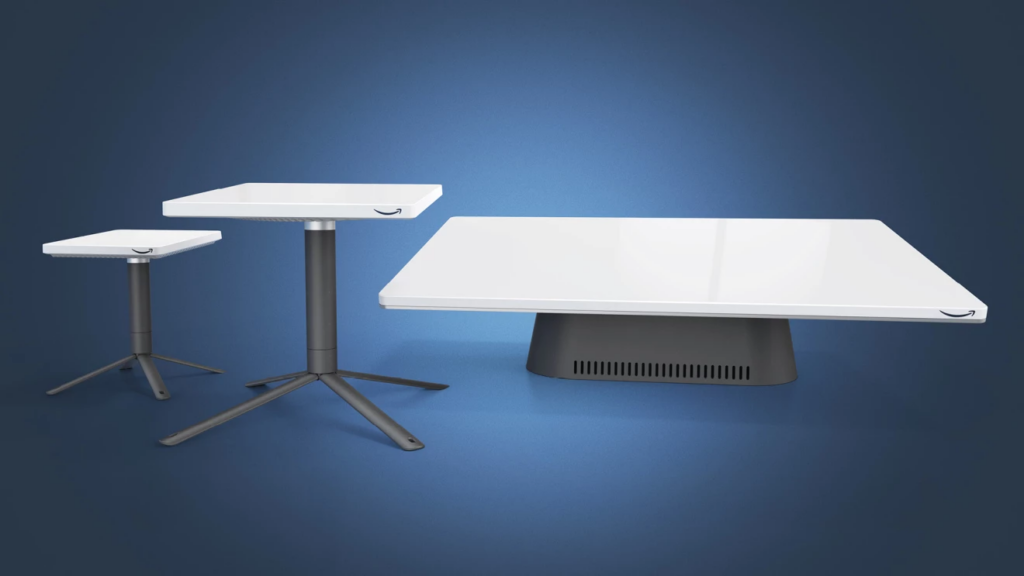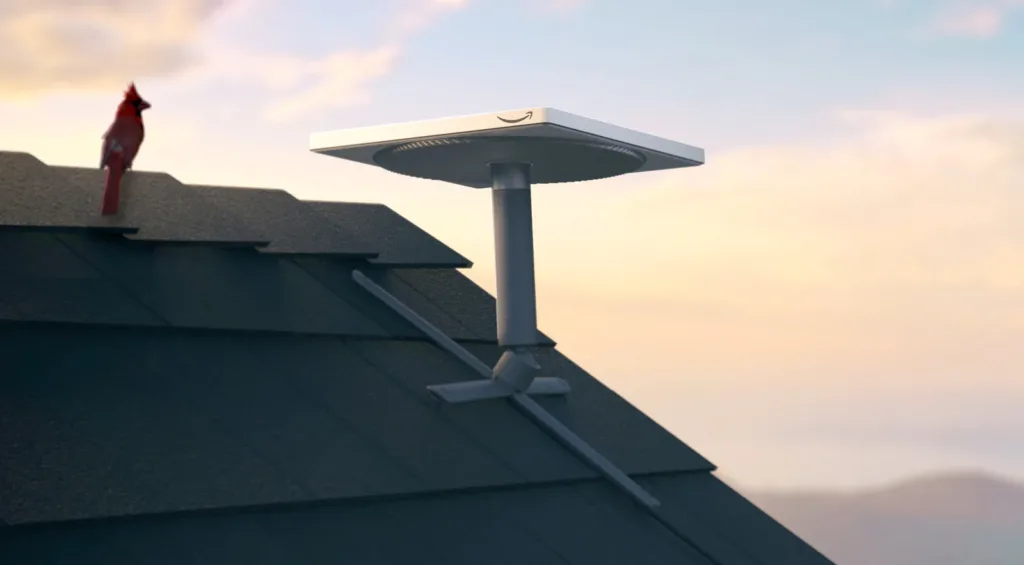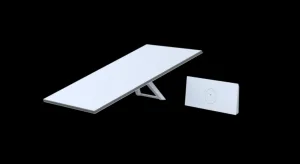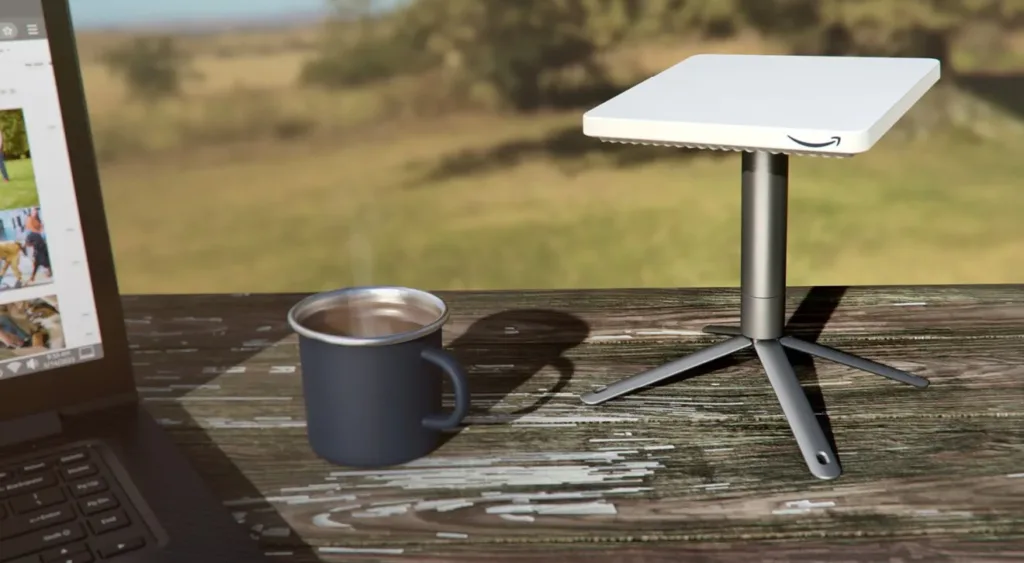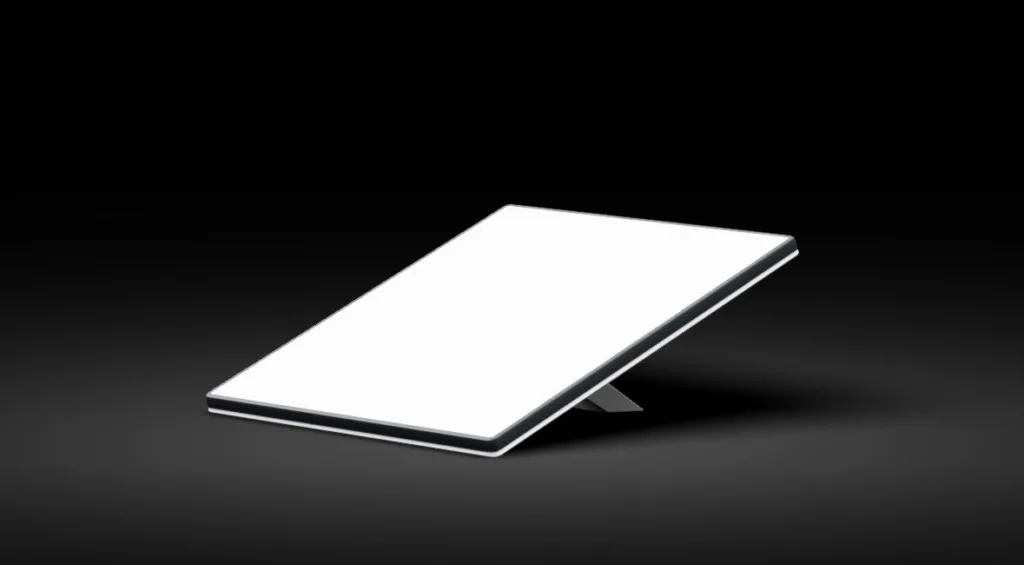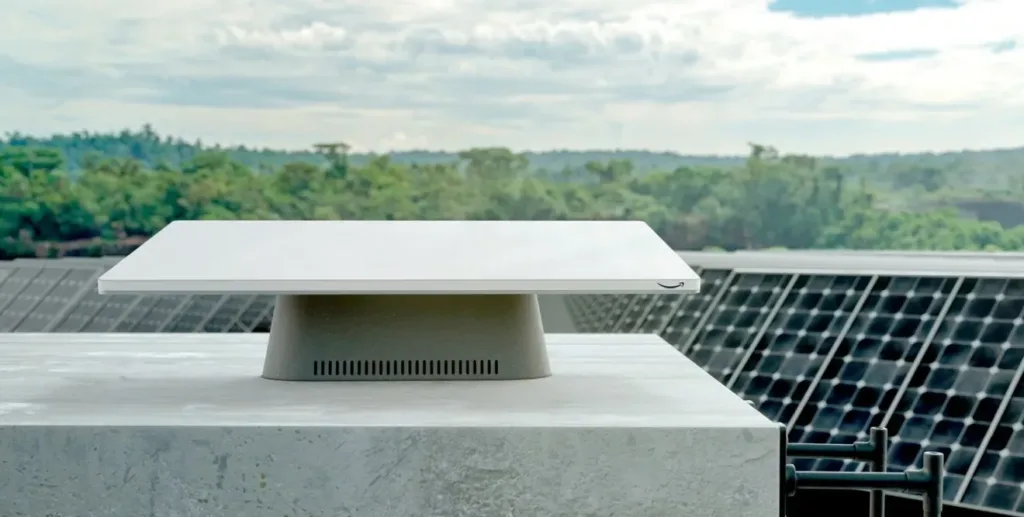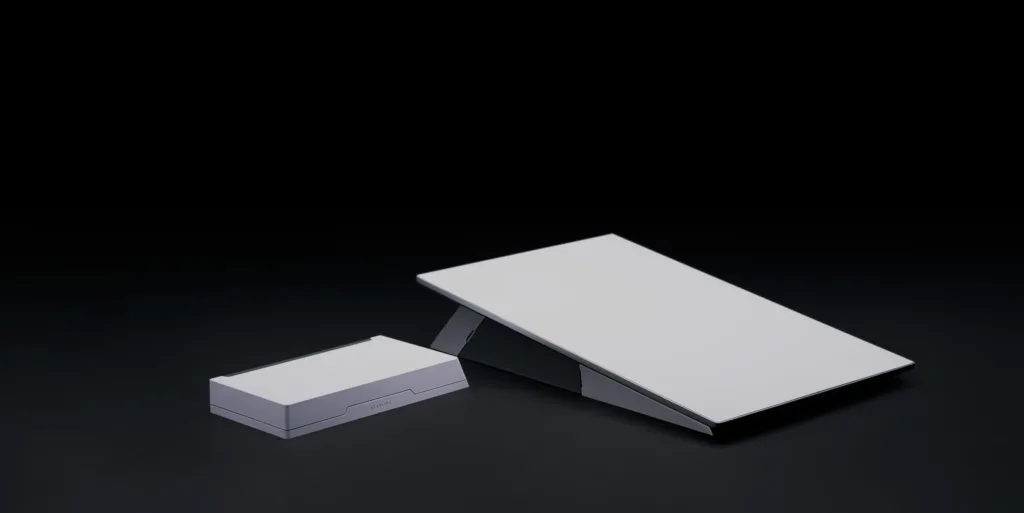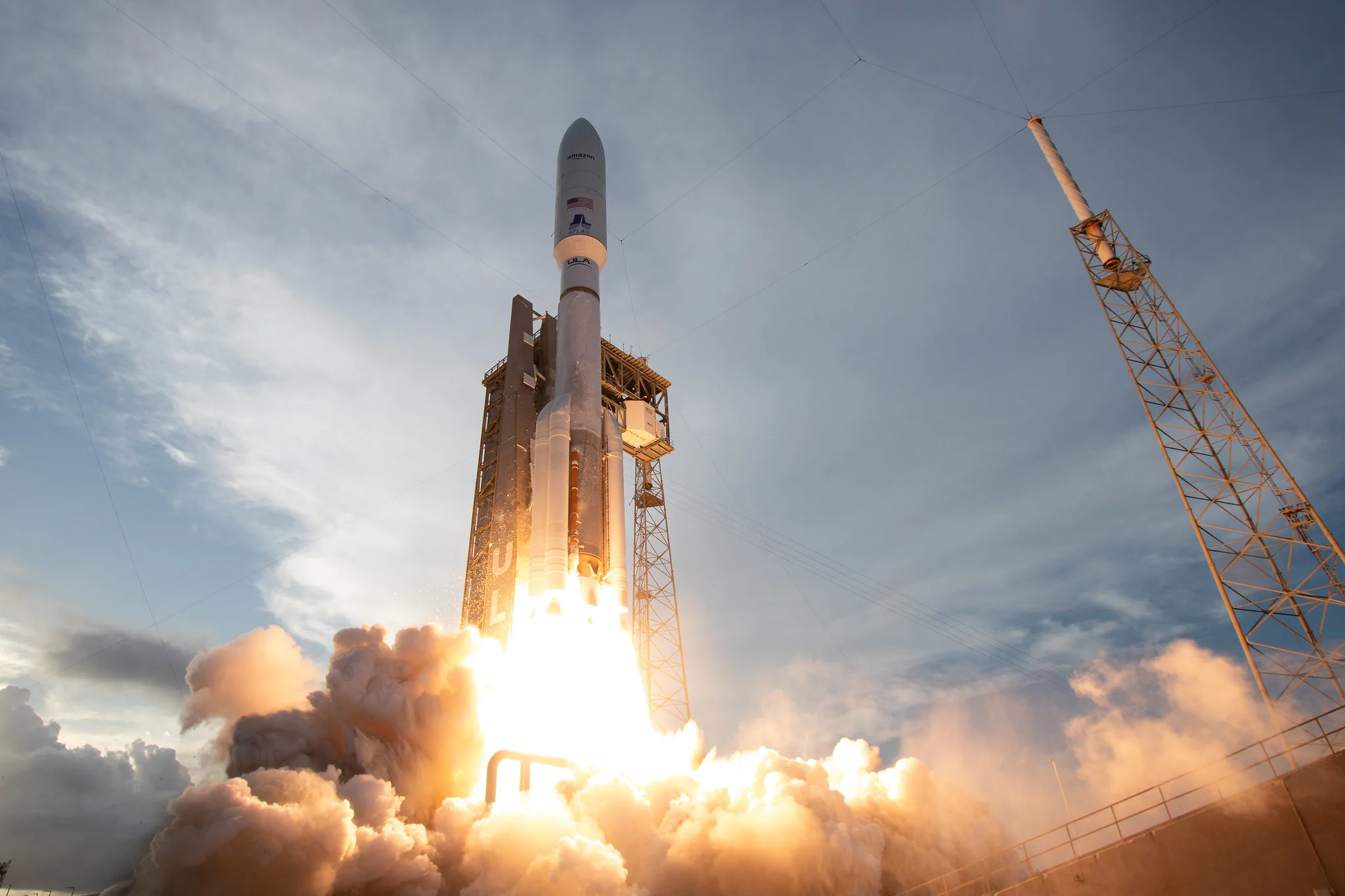Amazon is joining the race to close the digital divide with a new satellite internet service. The online retail giant is entering the broadband industry with Project Kuiper. Amazon says Project Kuiper’s main aim is to provide internet connectivity to underserved rural communities. It will take on SpaceX’s already established Starlink service, which is popular among rural customers.
More competition is usually a good thing for customers, especially when it comes to satellite internet, which has only three primary providers in the U.S.—Hughesnet, Starlink, and Viasat. Project Kuiper still has a ways to go before it’s ready to compete, but after several years of development and preparation, it’s finally gaining momentum with the launch of its first batch of satellites.
Project Kuiper has plenty of similarities to Starlink, but wants to standout with its technology and competitive pricing.




